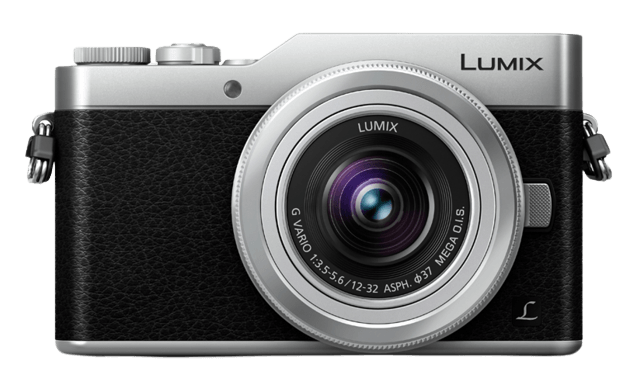Panasonic Lumix DMC GF3 Specs and Scores

The Panasonic Lumix DMC GF3 scored 39/100 in our evaluation. This mirrorless camera was announced on June 13, 2011, and released the same year with a launch price of $699. Measuring 108 x 67 x 32mm and weighing 264g (0.58lbs), the GF3 is a compact and lightweight option for photographers.
When compared to today’s market, the GF3’s specifications are outdated, as camera technology has significantly advanced since 2011. Despite this, the GF3 remains a decent choice for those seeking a simple, entry-level mirrorless camera at a lower price point.
Panasonic Lumix DMC GF3 Overview and Optics
The Panasonic Lumix DMC GF3 receives an optics score of 38/100. With a 12.1-megapixel CMOS sensor, this camera falls short in today’s market where higher megapixel counts are common. The shooting speed of 3.2 frames per second is also inferior to competitors, hindering its performance in capturing fast-moving subjects.
The Venus Engine FHD processor powers the GF3, but its DXOMARK sensor score of 50 is low compared to other cameras. The Micro Four Thirds sensor size and Micro 4/3 lens mount are standard for this category. However, the lack of image stabilisation negatively impacts the camera’s ability to produce sharp images, especially in low-light situations.
The 4:3 aspect ratio is a typical format for compact cameras, but it may not cater to those seeking wider or more cinematic shots. Ultimately, the Panasonic Lumix DMC GF3’s optics fall short in today’s competitive market, with several areas requiring improvement to meet the demands of modern photographers.
Panasonic Lumix DMC GF3 Video Performance
The Panasonic Lumix DMC GF3 video capability receives a score of 56 out of 100. This camera offers Full HD video resolution, with maximum dimensions set at 1920 x 1080. The highest video frame rate available is 60fps, which ensures smooth motion capture in videos.
Comparing to the current market standards, the GF3’s video specifications may not stand out, as many cameras now offer 4K resolution and advanced features. However, the GF3 still performs well for casual users who prioritize simplicity and ease of use in their camera.
The GF3 does not have built-in time-lapse functionality. This might be a drawback for those who enjoy creating time-lapse videos. Despite its limitations, the Panasonic Lumix DMC GF3 remains a reliable choice for users who seek basic video capabilities in a compact camera.
Panasonic Lumix DMC GF3 Features and Benefits
The Panasonic Lumix DMC GF3 receives a feature score of 49/100. With a screen size of 3 inches and a resolution of 460,000 dots, the camera offers a decent display for its users. Additionally, the GF3 comes with a touchscreen, providing a more intuitive user experience.
However, the camera lacks some modern features such as a flip screen, GPS, WIFI, and Bluetooth. These missing features may impact the camera’s versatility and convenience, especially in today’s market where connectivity and flexibility are highly valued.
Taking all of these factors into consideration, the Panasonic Lumix DMC GF3 has some useful features, but falls short in providing a complete experience for users who demand advanced capabilities and seamless integration with other devices.
Panasonic Lumix DMC GF3 Storage and Battery
The Panasonic Lumix DMC GF3 receives a storage and battery score of 16/100. This camera offers a single memory card slot, compatible with SD, SDHC, and SDXC cards. While this is standard for many cameras, it may not be sufficient for users requiring more storage.
The battery life of the Lumix DMC GF3 is 300 shots, powered by a DMW-BLE9 battery. This battery life is relatively low compared to modern cameras, and the lack of USB charging further limits its convenience for extended use.
The Lumix DMC GF3’s storage and battery capabilities may not meet the demands of today’s market, as it falls short in battery life and storage flexibility.
